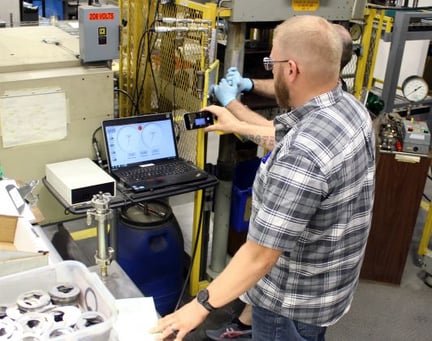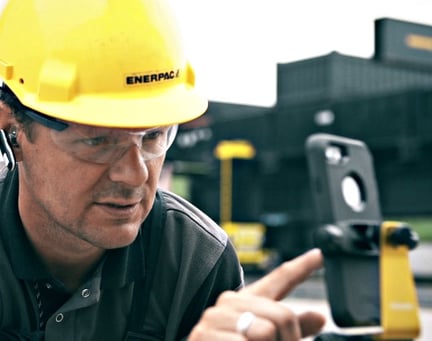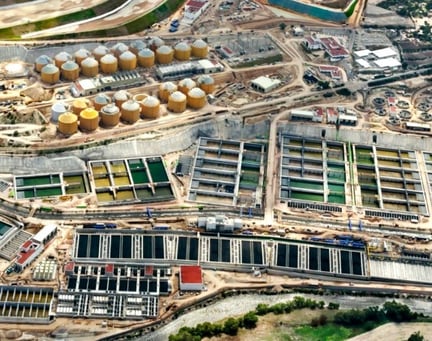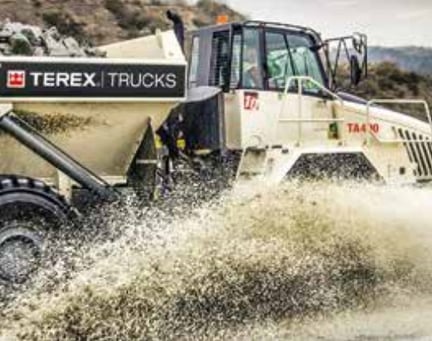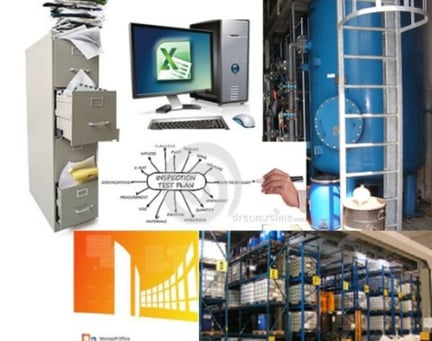Now that the container industry has the global ISO 10855 standard, it’s a good time to take a step back for a brief refresher on the process for certifying offshore containers.
Dangerous conditions make for stiffer requirements
The International Maritime Organization (IMO) requires container manufacturers to design, build, and test their products according to specific guidelines. Since offshore containers have to be built to withstand the rugged offshore environment, not to mention that they often transport dangerous cargo, the standards for manufacturing them are stricter than other types of containers.
So, what’s the process for certification?
Not surprisingly, the basic steps for certifying offshore containers revolve around designing, building, and testing.
Step 1: Appraisal and approval of the container’s design
Structural drawings of the container are reviewed according to the standards referenced in IMO MSC/Circ. 860, which is the regulation that governs offshore containers. The appraisal includes details of the materials and strength of the cargo containment structure as well as the lifting and securing arrangements.
The drawings also need to contain certain information. Here’s what’s required:
- Dimensions and load ratings
- Material specifications
- Details of welding methods and weld sizes
- Details of any other fastening methods
- Details of any special treatment for materials
- Details of sealant materials
- Details of corner fittings and closure mechanisms, together with the name(s) of the manufacturer(s) of these parts
- Mandatory marking
Step 2: A survey during the manufacturing of the container
The manufacturing process is inspected by a qualified surveyor to ensure that code requirements are met. The surveyor’s inspection program includes:
- Verification and testing of materials
- Welder qualification
- Acceptance of weld procedures
- Acceptance of NDE procedures
- Witness and acceptance of prototype testing
- Verification of identification and marking
LRQA can also provide enhanced inspection services to include client requirements. For this type of service, the level of inspection can be determined by an audit of the manufacturer, which is referred to as a “Competent Manufacturer” audit.
Step 3: Testing of a prototype
Type approval of a container involves the construction and testing of a prototype built according to the approved drawings. The prototype must also be built with the same materials as proposed for normal production.
What happens in a prototype test?
- Four-point lift using all padeyes
- Two-point lift test using opposed padeyes
- A vertical impact test
- A tilt test (if required by calculation)
- Tanks for dangerous cargo are also tested according to IMDG Code requirements.
Who can certify offshore containers?
Understandably, only approved competent authorities, like LRQA, can inspect and approve offshore containers. As an IMO recognized certification body, we can provide full life-cycle certification services for offshore containers.
To learn more about offshore containers, get our complimentary download, “Guide to Understanding Offshore Container Certification.”

